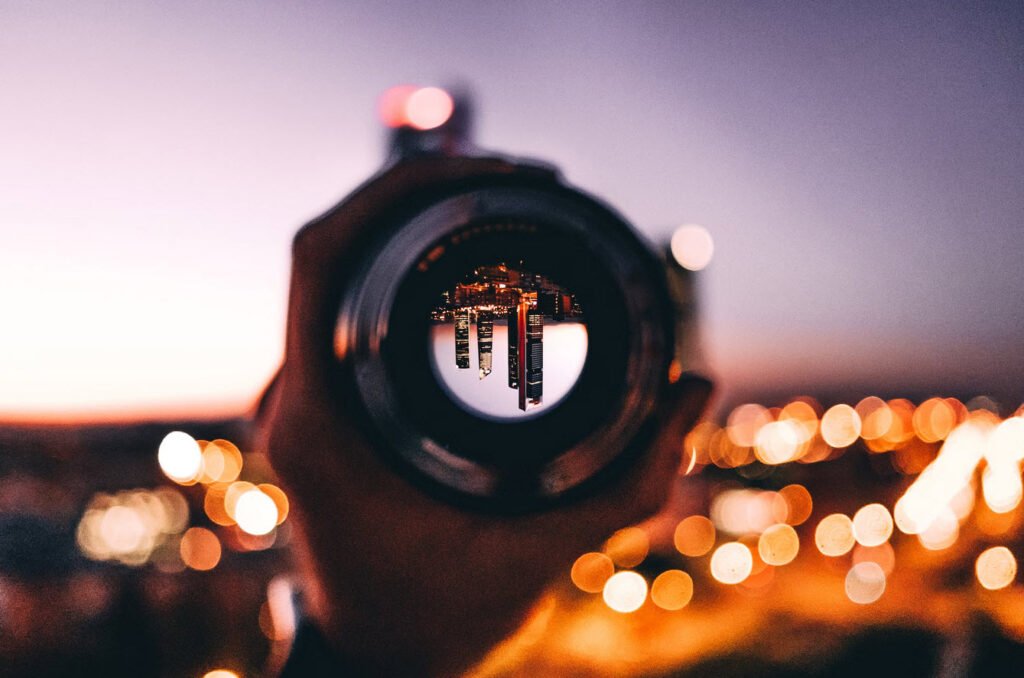In the world of photography, lenses play a crucial role in capturing stunning images by manipulating light and perspective. Different lens types offer unique capabilities, allowing photographers to achieve various effects and tackle diverse shooting scenarios. Let’s delve into some of the commonly used lens types and their distinct characteristics:
1. Standard Lenses:
Standard lenses, also known as normal lenses, closely resemble the human eye’s field of view. They typically have a focal length similar to the diagonal measurement of the camera’s image sensor. Standard lenses offer a natural perspective and are versatile for various genres, including portraits, street photography, and everyday shooting.
2. Wide-Angle Lenses:
Wide-angle lenses have a shorter focal length, allowing them to capture a wider field of view compared to standard lenses. These lenses excel at capturing expansive landscapes, architecture, and interior shots. They provide a sense of depth, exaggerating the foreground and making distant objects appear smaller. Wide-angle lenses are also useful for creative perspectives and unique compositions.
3. Telephoto Lenses:
Telephoto lenses have longer focal lengths, enabling photographers to capture distant subjects up close. These lenses magnify the scene, bringing far-off details into sharp focus. Telephoto lenses are popular for wildlife photography, sports events, and portrait shots, where the ability to isolate the subject and achieve a shallow depth of field is desired.
4. Zoom Lens or Fixed Focal Length:
Photographers have the option to choose between zoom lenses, which offer a range of focal lengths within a single lens, or fixed focal length lenses, also known as prime lenses. Zoom lenses provide flexibility, allowing photographers to zoom in or out to frame their shots. Prime lenses, on the other hand, offer a fixed focal length, which often results in superior image quality, wider maximum apertures, and a more compact design.
5. Macro Lenses:
Macro lenses are specifically designed for capturing extreme close-up shots with high magnification. These lenses allow photographers to capture intricate details of small subjects, such as flowers, insects, and textures. Macro lenses offer a minimum focusing distance that enables sharp focus even at extremely close ranges.
6. Fisheye Lenses:
Fisheye lenses create a distinct visual effect, capturing an ultra-wide field of view with extreme barrel distortion. These lenses produce a rounded or distorted image, which can be creatively used for unique perspectives, architectural shots, or artistic compositions. Fisheye lenses offer a broad angle of view, typically exceeding 180 degrees.
7. Shift Lenses:
Shift lenses, also known as perspective control lenses, allow photographers to correct perspective distortion, especially when capturing architectural subjects. These lenses provide the ability to control vertical lines and avoid converging verticals. Shift lenses are highly useful for capturing straight, distortion-free images of buildings, interiors, and cityscapes.
8. Split Field Lens:
Split field lenses, also called split diopters, feature a split focus field that allows simultaneous focus on both near and distant subjects. These lenses are primarily used in cinematography to achieve shots where both foreground and background remain in focus. They can create unique visual effects and help convey a specific storytelling narrative.
Understanding the different lens types empowers photographers to choose the right tool for the job and unleash their creative vision. Each lens type brings its own characteristics, strengths, and applications. By experimenting with different lenses, photographers can expand their creative possibilities and capture captivating images that leave a lasting impression.



